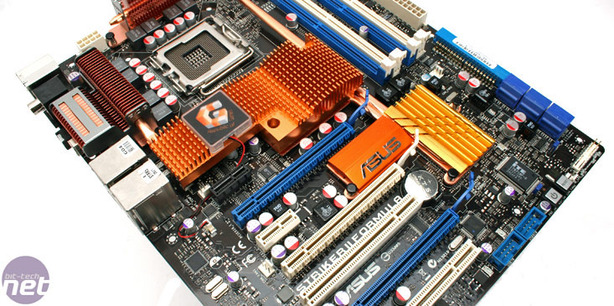Testing Methods:
With the exception of SiSoft Sandra, all of our benchmarks have been engineered to give you numbers that you are likely to find useful when actually using the products we have evaluated in the real world.We are also focusing a lot more of our time on evaluating the stability of the motherboards (and platforms) using a stress test designed to highlight any of the potential weaknesses that the product may have. That involves a gradually increasing amount of stress starting with Prime95 torture test on all cores and expanding to a looping 3DMark06. This is to ensure that all parts of the system are stressed simultaneously over a period of time.
We believe that the consumer is never likely to subject their platform to this level of stress and we are not expecting every product to complete an entire extended stress test. However, most poorly engineered products fail within the first couple of hours, or even minutes, allowing us to make a conscious decision on whether a motherboard (or platform) is worth your money, regardless of how well it performs in our benchmarks.

Test Setup:
Motherboards:
- Asus Striker II Formula - 0902 BIOS
- Asus Striker Extreme - 0701 BIOS
- XFX nForce 780i SLI - P01 BIOS
- Inno3D nForce 680i SLI - P30 BIOS
Common Components:
- Intel Core 2 Duo E6750
- 2GB DDR2 800MHz at 3-3-3-9-1T timings, where possible
- Nvidia GeForce 8800 GT (two for SLI)
- PC Power and Cooling Silencer 750W PSU
- Seagate 7200.9 200GB SATA hard drive
- Windows Vista Home Premium 32-bit
- Nvidia Forceware 169.25
After the XFX nForce 780i SLI review, Nvidia previously told us that running "1T timings is also where [the 780i] really shines". So since we were able to run the Asus boards at 1T, will there be a significant difference in performance?

MSI MPG Velox 100R Chassis Review
October 14 2021 | 15:04










Want to comment? Please log in.